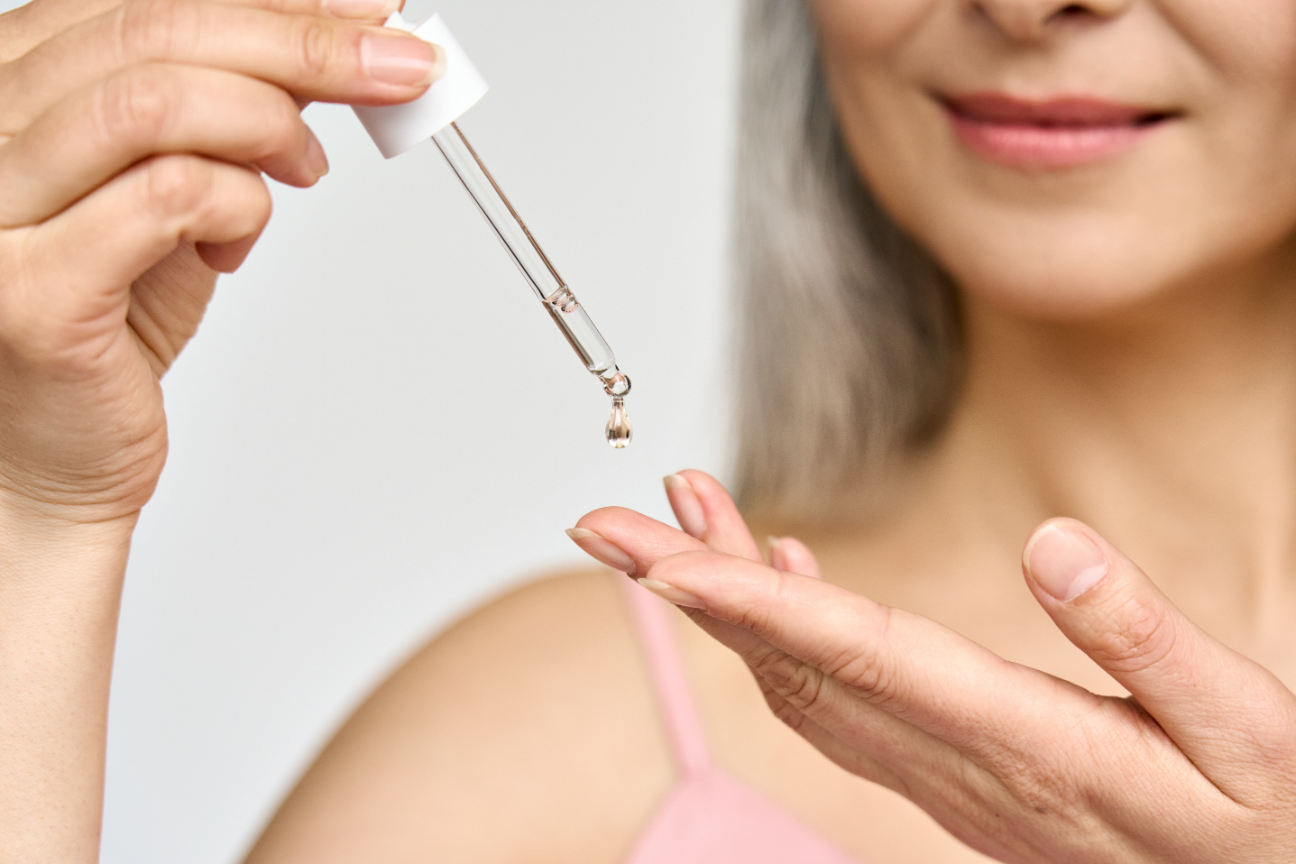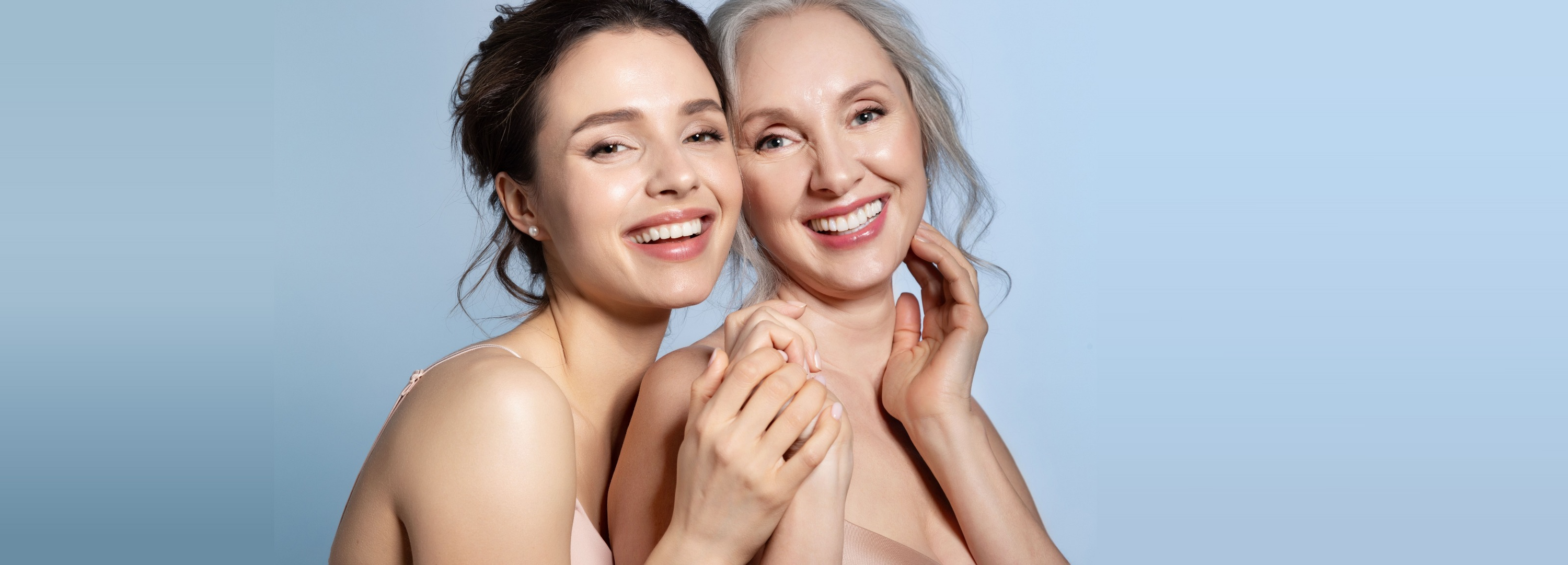Skin starts aging the moment we are born. We are exposed to UV rays, pollutants, harsh weather and general wear-and-tear that eventually takes a toll on all parts of the body. In addition, internal factors like genetics, diet and stress play a huge role in how our tissues stand the test of time. Degradation of both the skin and its underlying components affect our appearance as we age.
structural components
factors that affect appearance
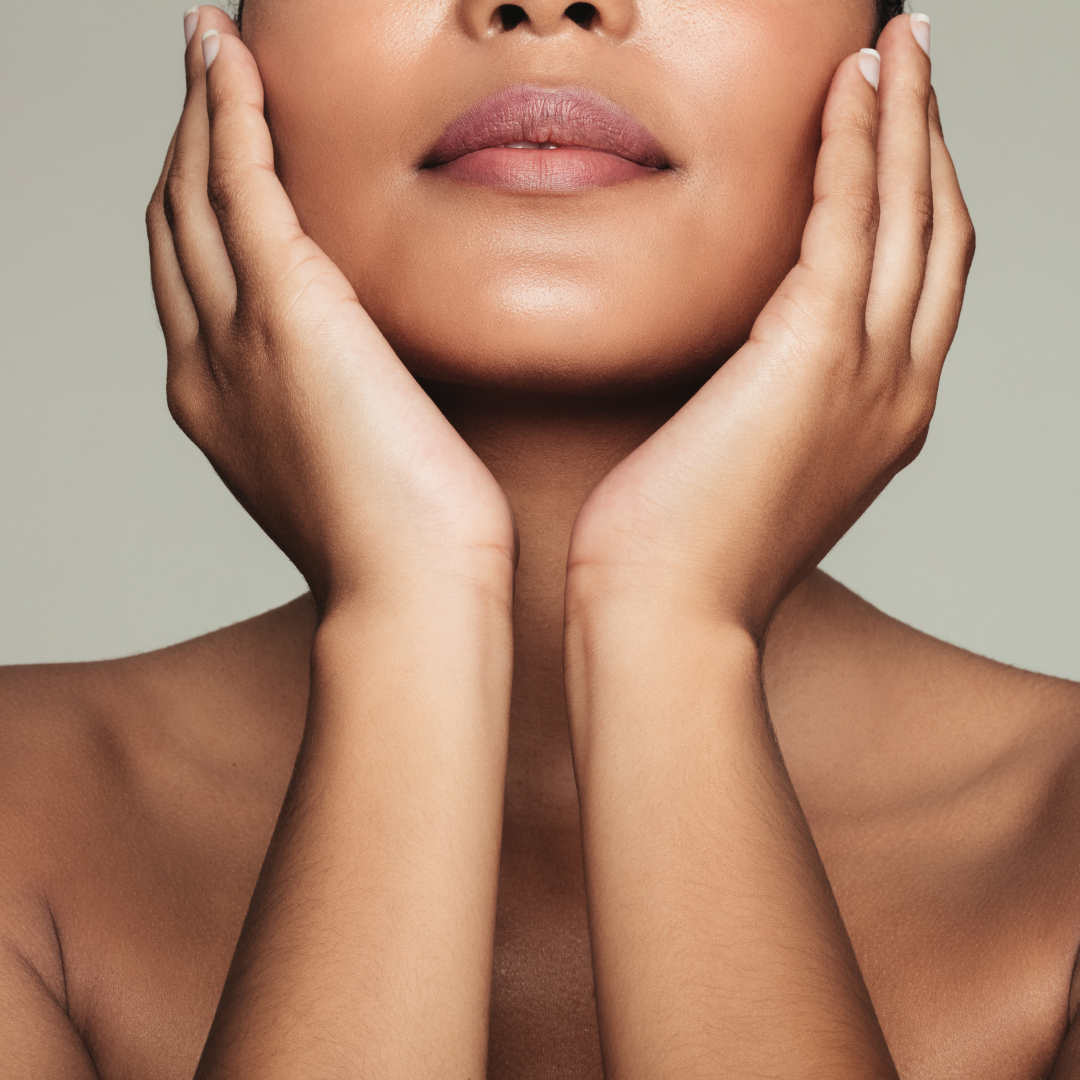
Collagen
Cells that provide tensile strength: firmness.
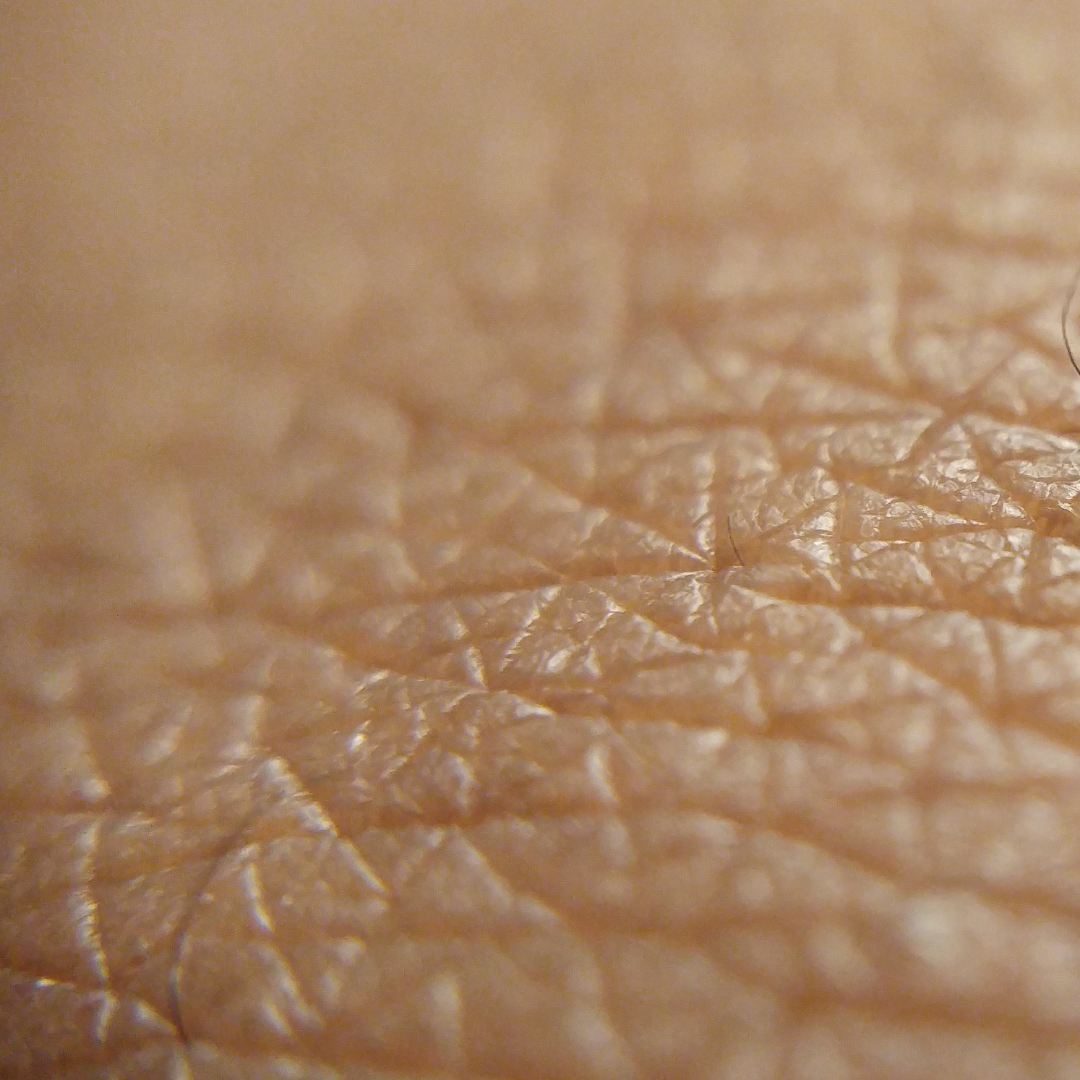
Elastin
Cells that provide elasticity: the ability to bounce back.

Melanocytes
Cells that create the color of our skin.
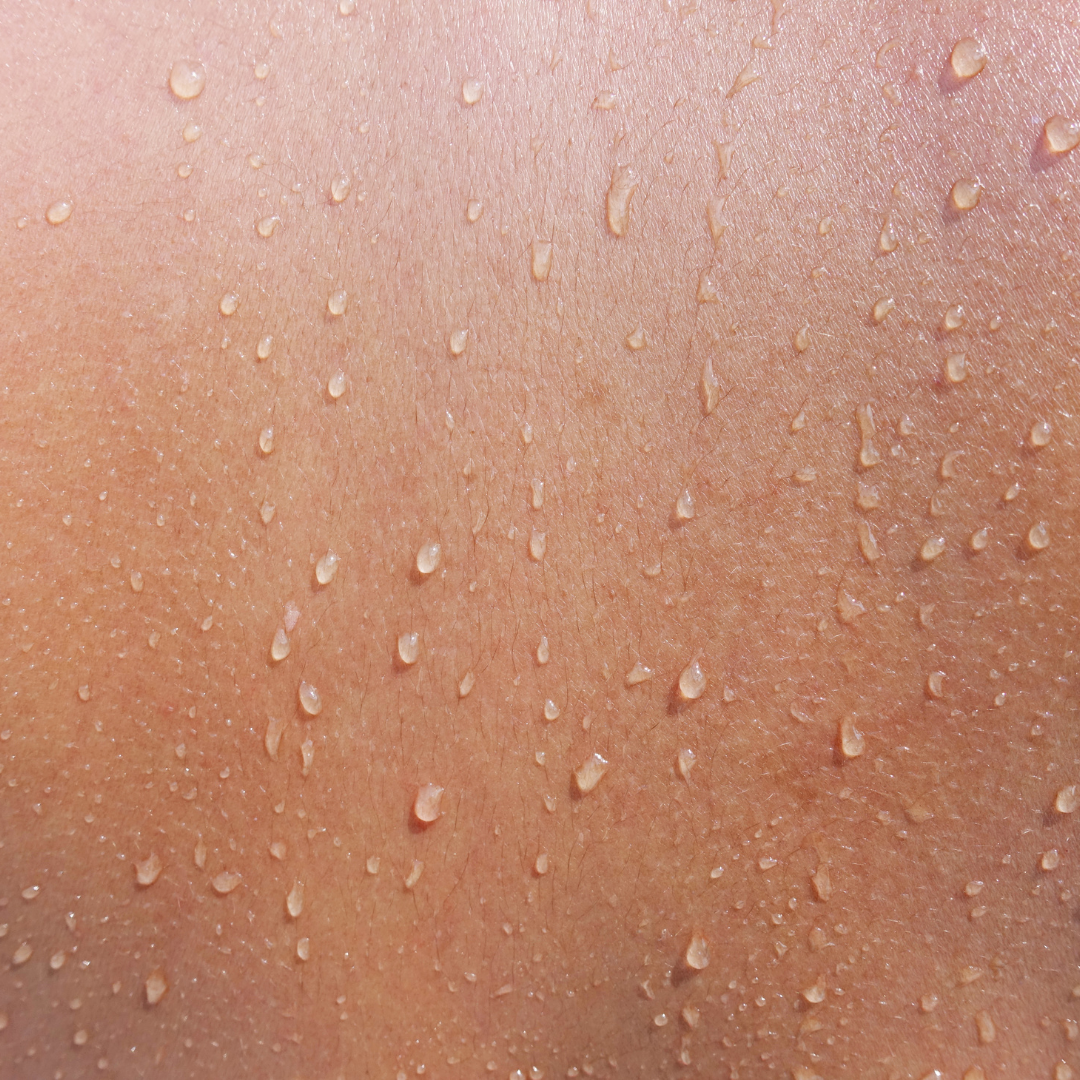
Proteoglycans
Proteins that provide hydration within the skin.
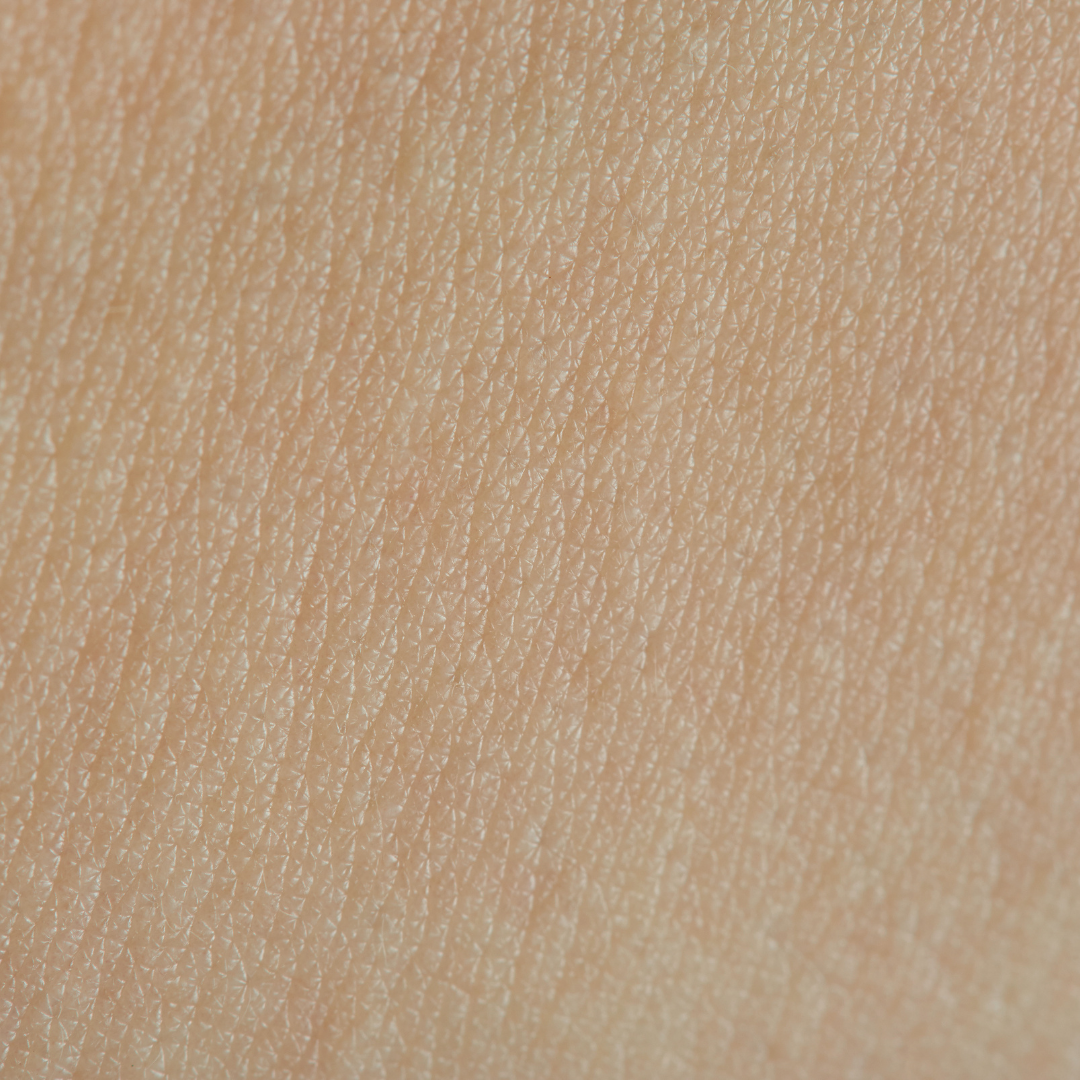
Skin Cells
Cells that provide protection from the outside environment and provide
the bulk of our skin.
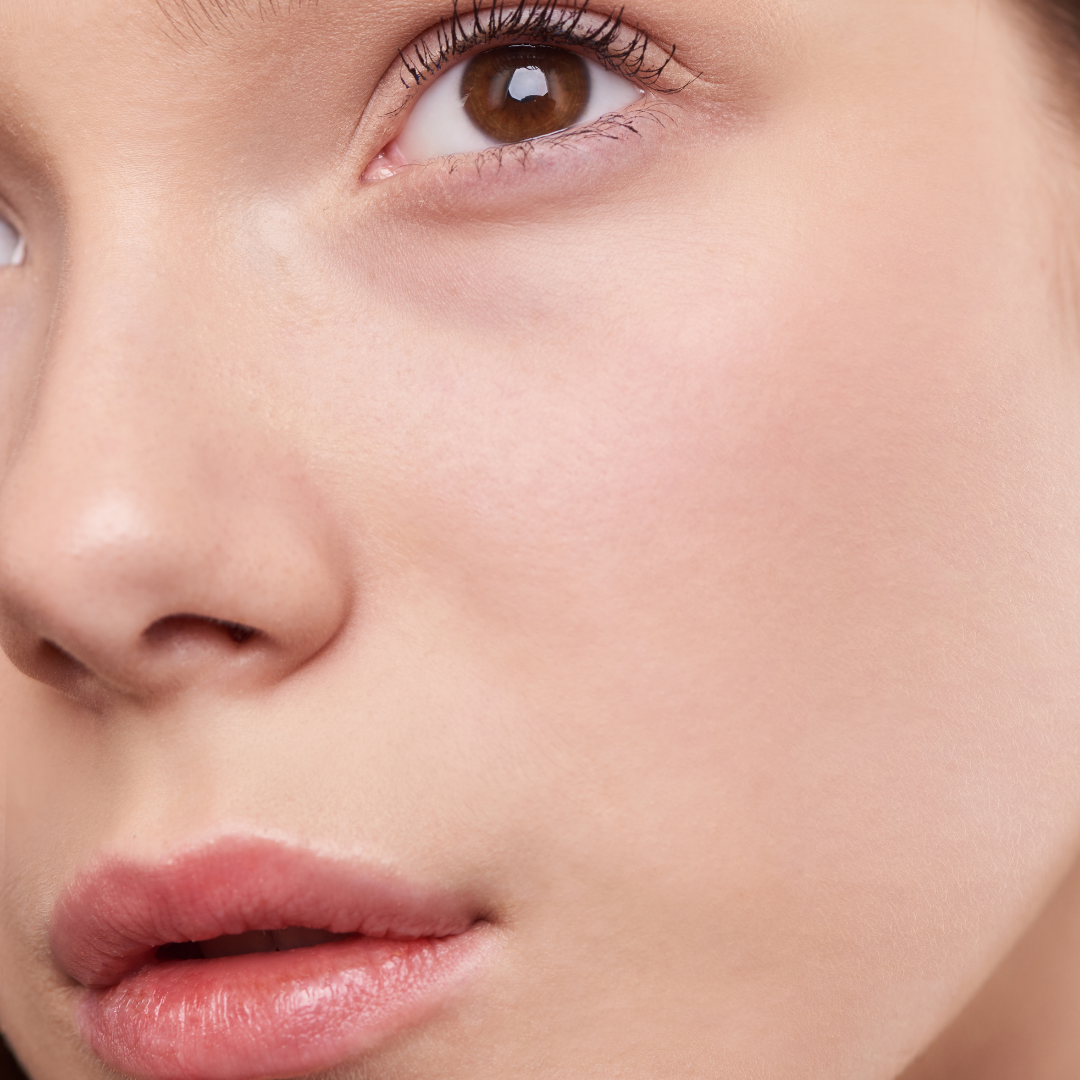
Fat Pockets
Structures that provide volume, shape and softness to your features.
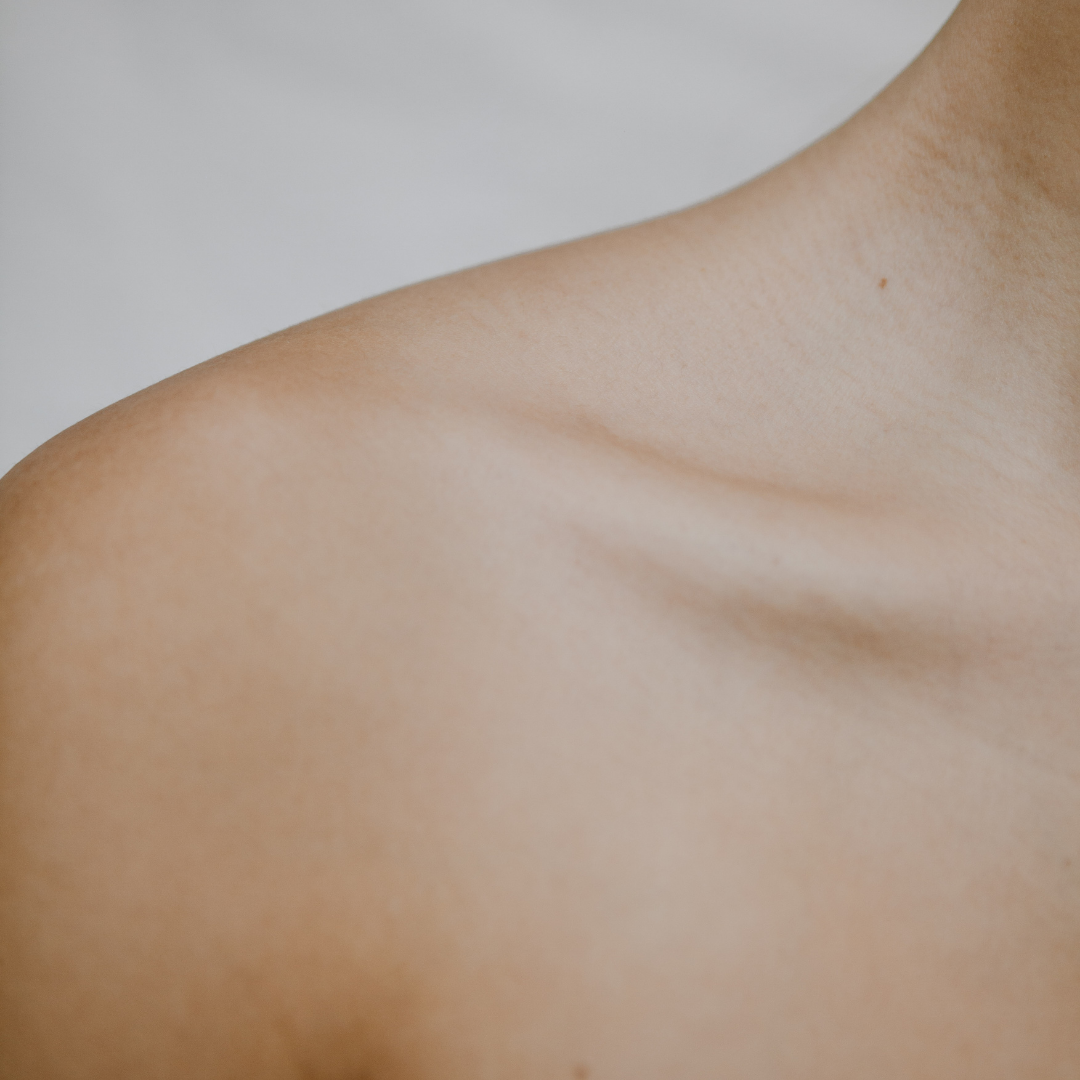
Bone
Our skeleton provides us structure and strength.

You
Your unique genetics, exposure to the outside world, and self-care.
Each one of these factors plays an essential role in keeping us looking young, but each is subject to senescence, a decrease in function and proliferation over time.
Depletion of collagen and elastin start to become notable in our 30s as we see the formation of fine lines and wrinkles. The presence of proteoglycans starts to notably fade in our 40s, and our previously plump and hydrated skin starts to appear desiccated and loses its rosiness. Melanocytes often stop replacing themselves entirely or accumulate to form light or dark patches on our skin which become more and more notable over time, but often become significantly bothersome in our 50s. Skin, bone, and fat all slowly decrease in volume over the decades, and in our 60s and beyond are the major contributors to the change in our general face shape and contours. And let’s not forget about our teens and 20s! Although the signs of aging are far from our minds during those stages, dermatologic concerns like acne and combating UV exposure are no laughing matter.
THE GOOD NEWS: All of the products available at Bryn Mawr Dermatology are formulated to combat one or many of the processes that negatively affect our skin. Active ingredients like Vitamin C and Senté’s patented Heparan Sulfate Analog (HSA) help to revitalize collagen and elastin production. Our amazing selection of EltaMD sunscreens protect us from UV rays and keep our melanin in check. Hydrating serums like BMD’s HydroPeptide gel come to the rescue for parched skin. And products with retinoids throw their weight around to improve skin cell turnover and the overall appearance of our body’s most voluminous organ.
anti-aging powerhouses
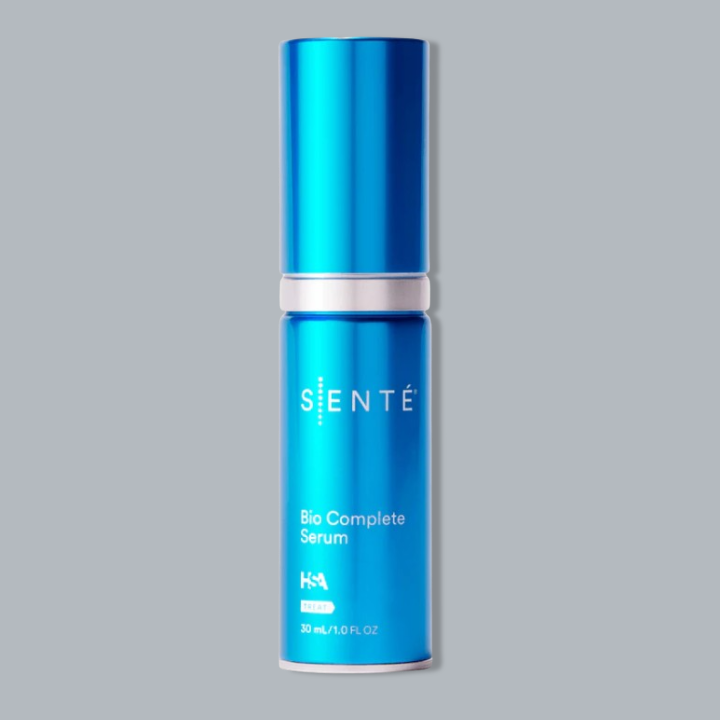
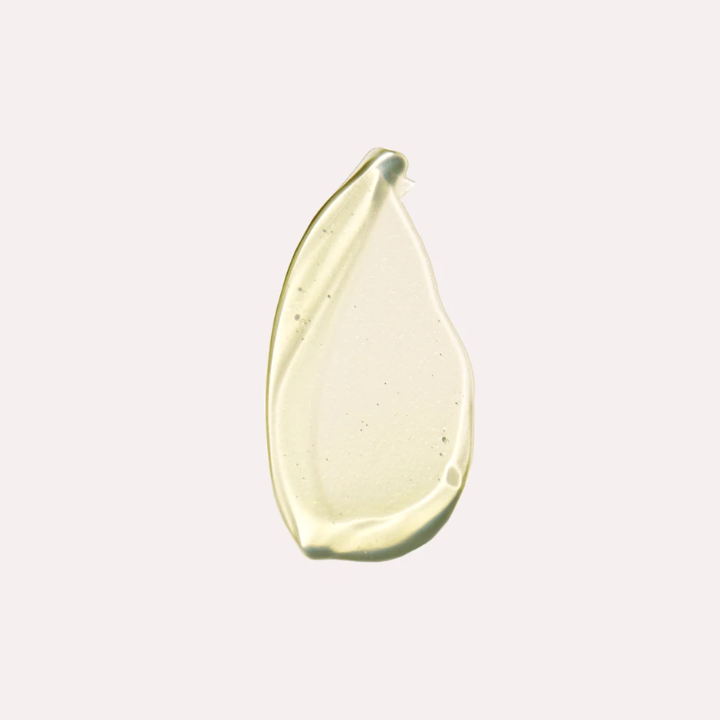
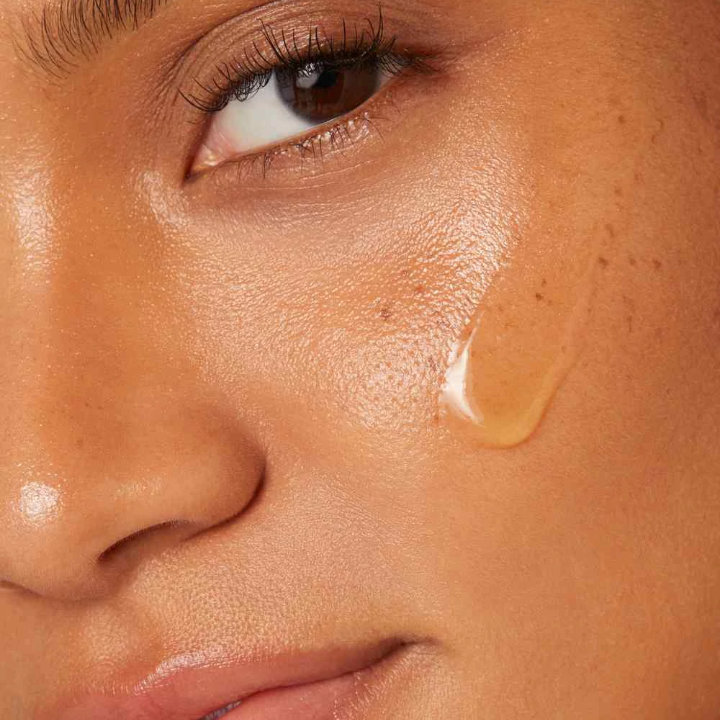
Sente
Senté BioComplete Serum
Senté BioComplete Serum
Villanova
775 East Lancaster Ave
Suite 200
Villanova PA 19085
United States
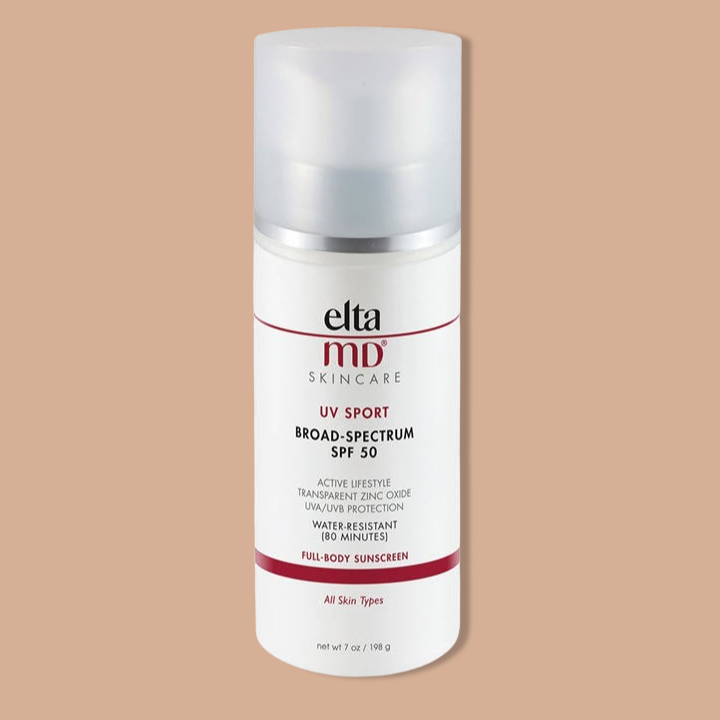
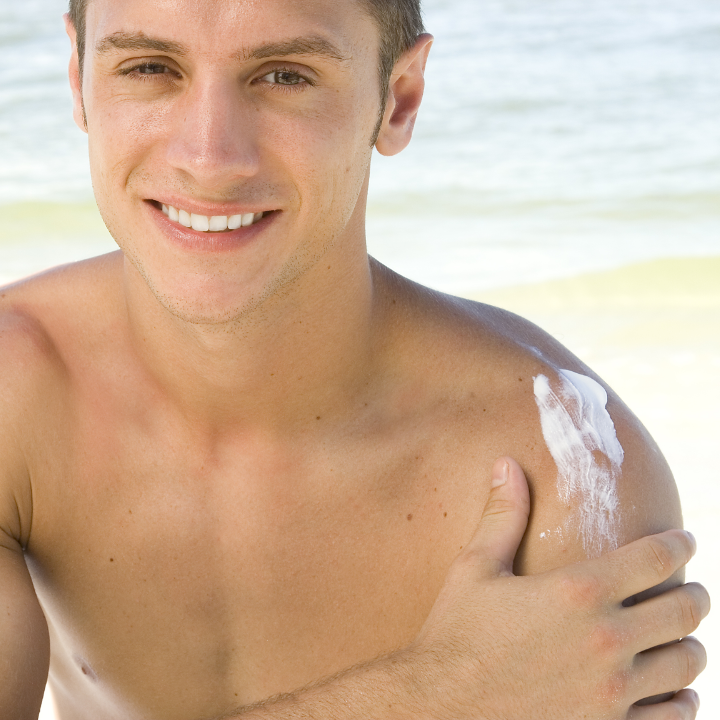
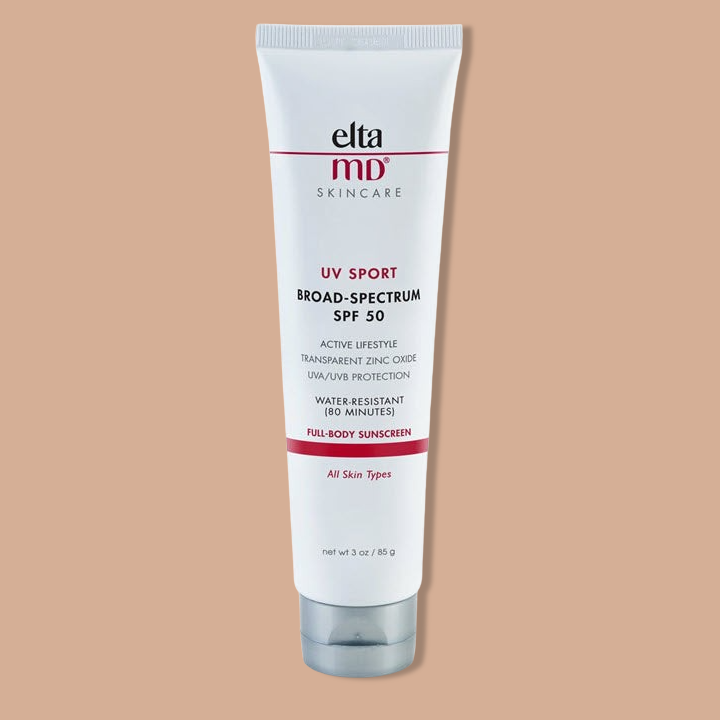
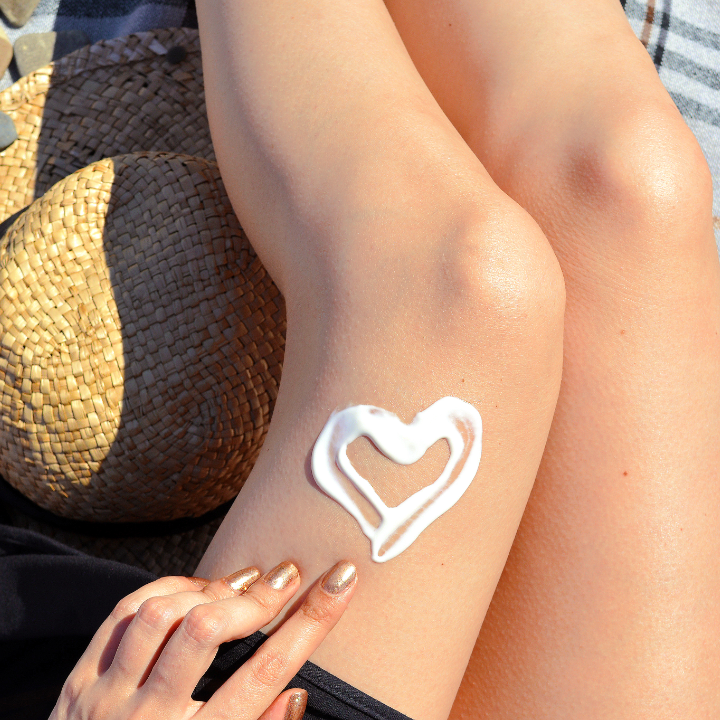
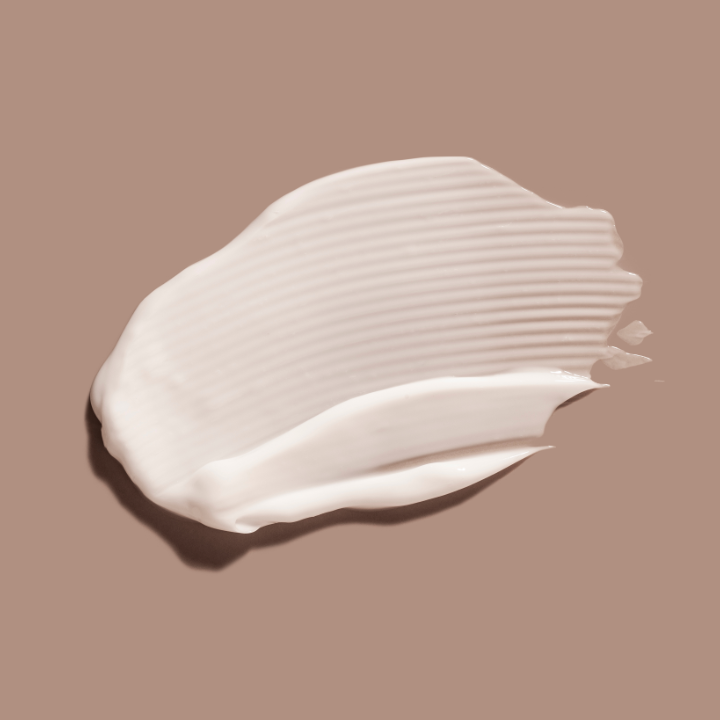
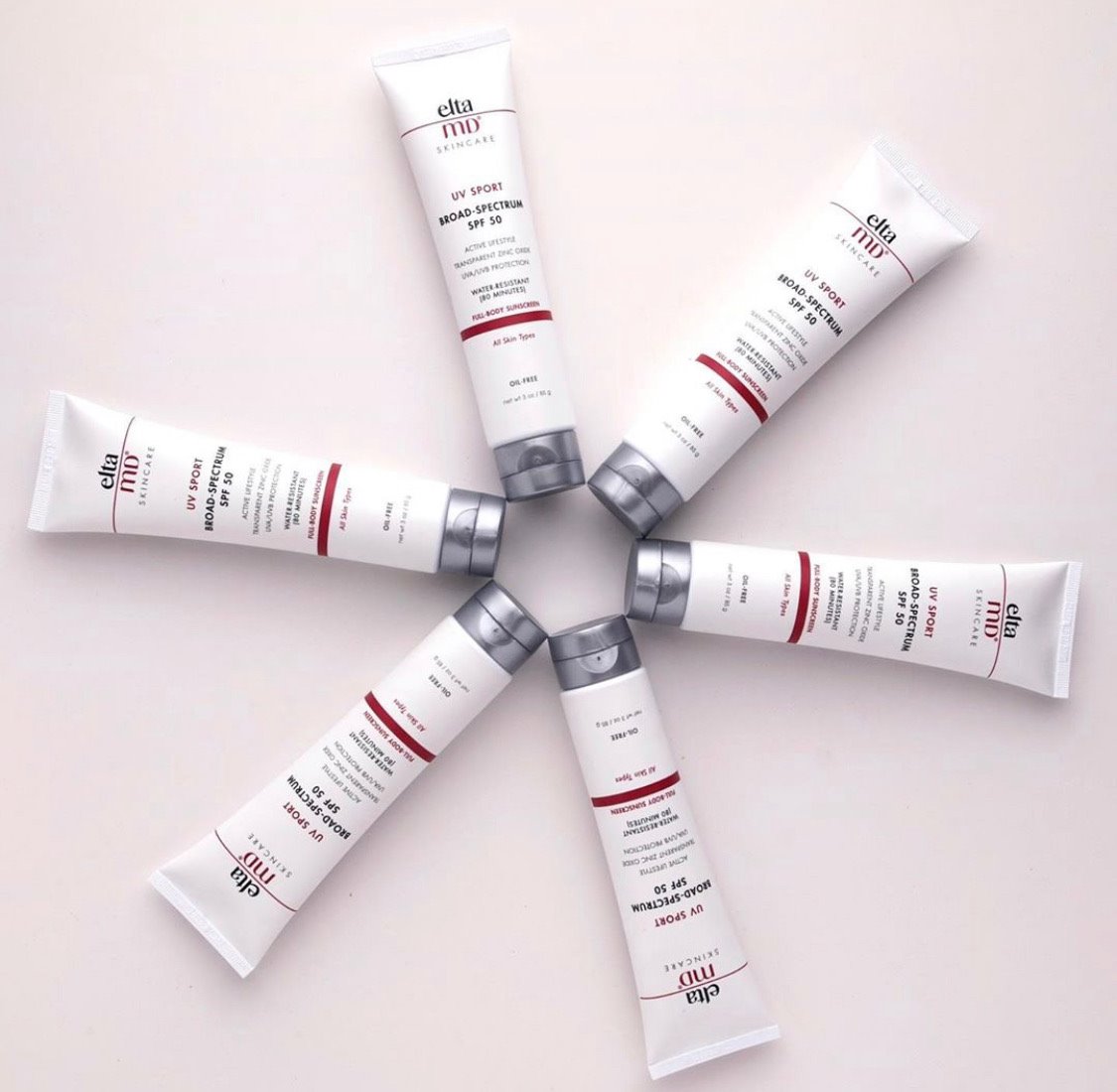
EltaMD
EltaMD UV Sport SPF 50
EltaMD UV Sport SPF 50
7 oz
Villanova
775 East Lancaster Ave
Suite 200
Villanova PA 19085
United States
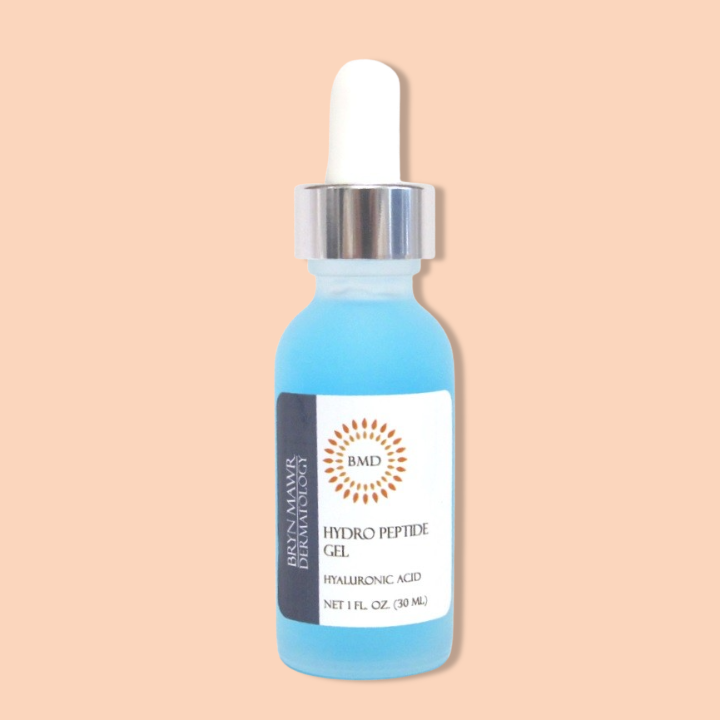
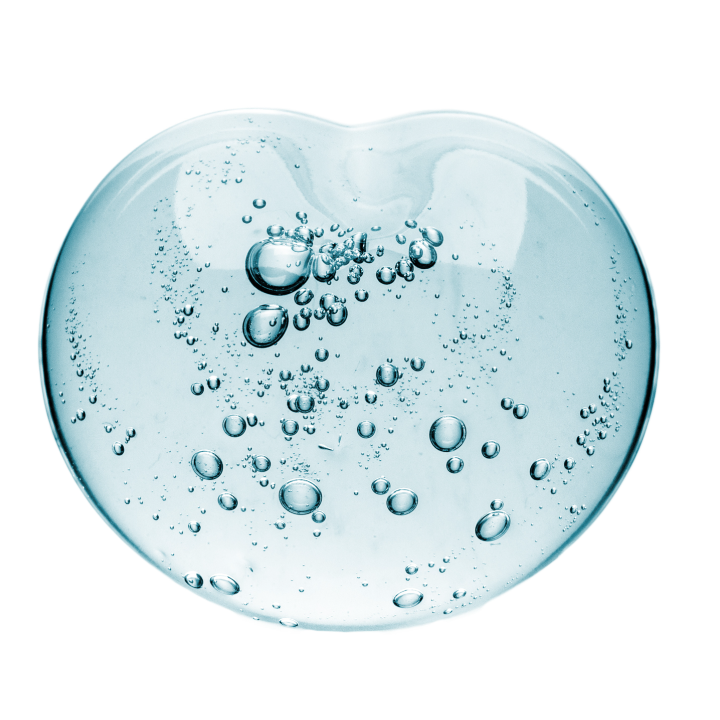
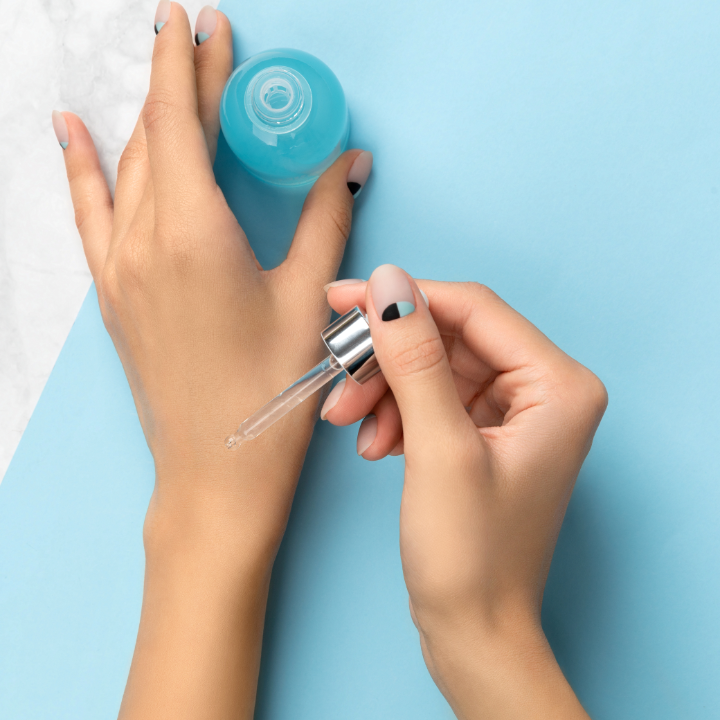
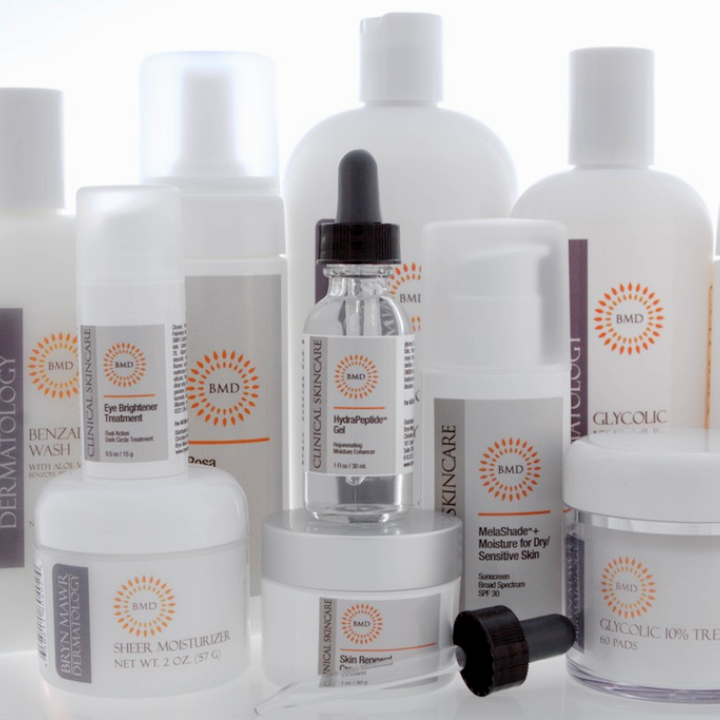
Bryn Mawr Dermatology
BMD Hydro Peptide Gel
BMD Hydro Peptide Gel
Villanova
775 East Lancaster Ave
Suite 200
Villanova PA 19085
United States

